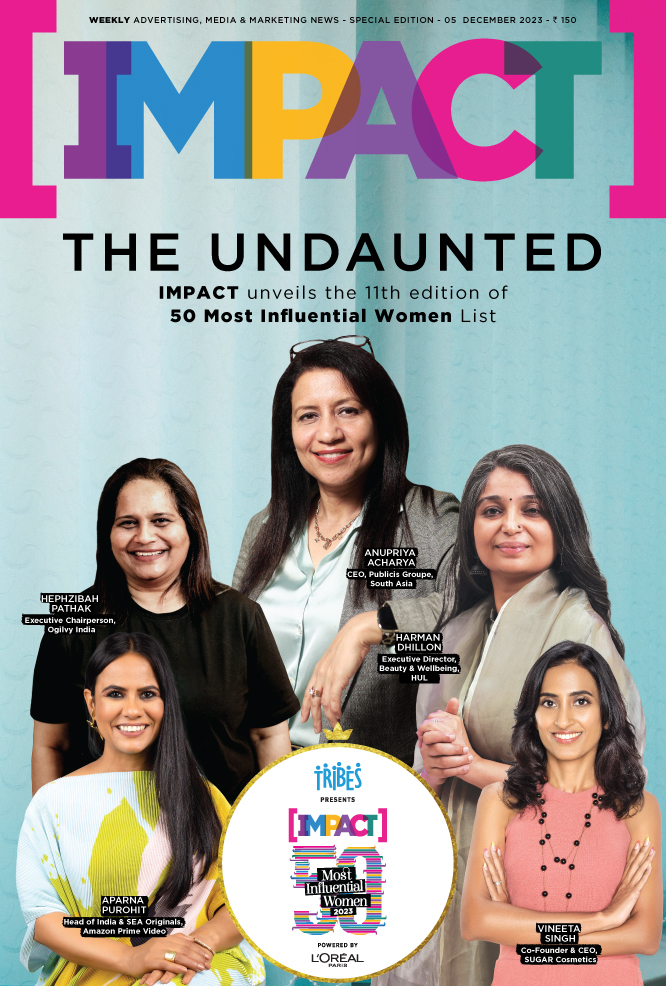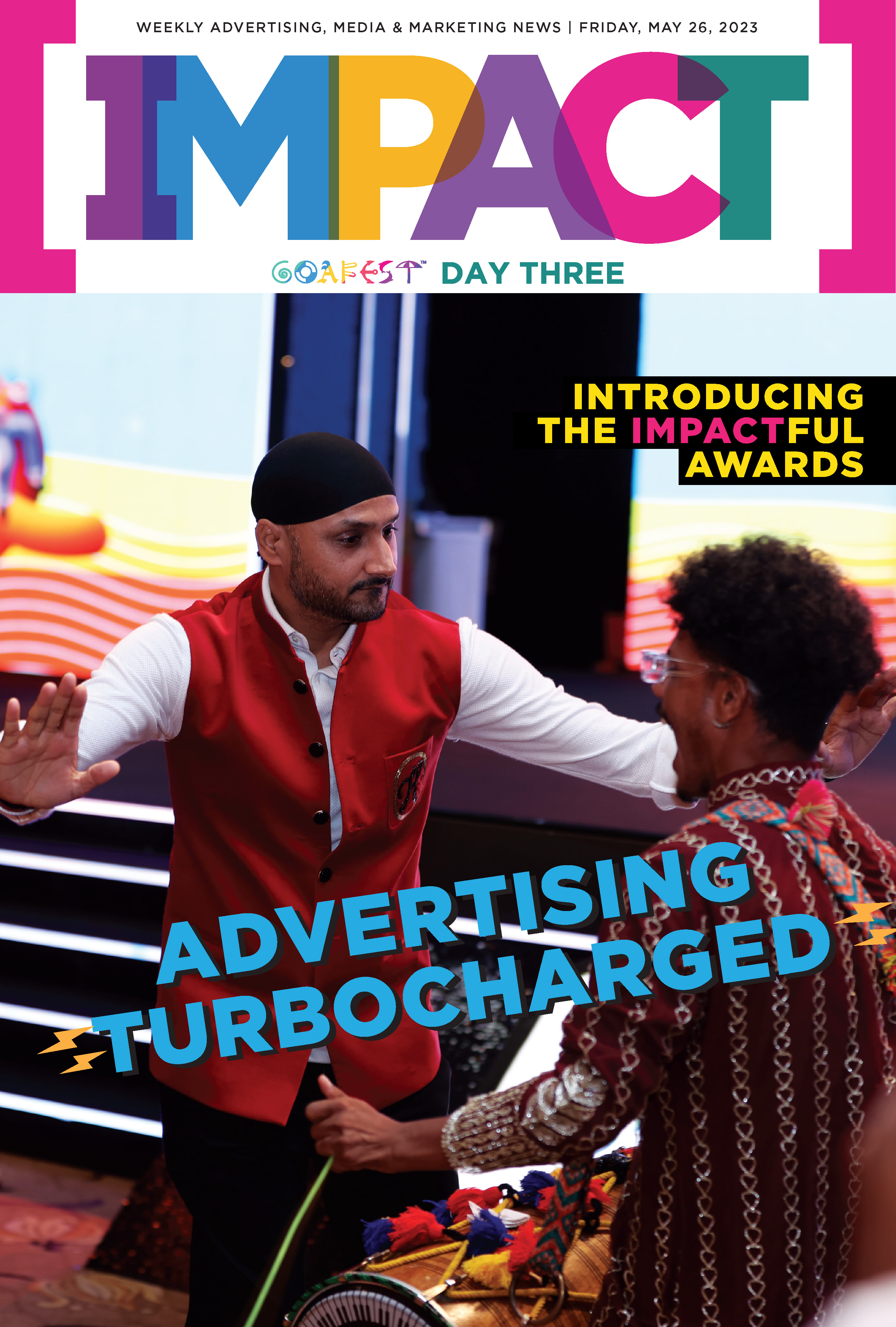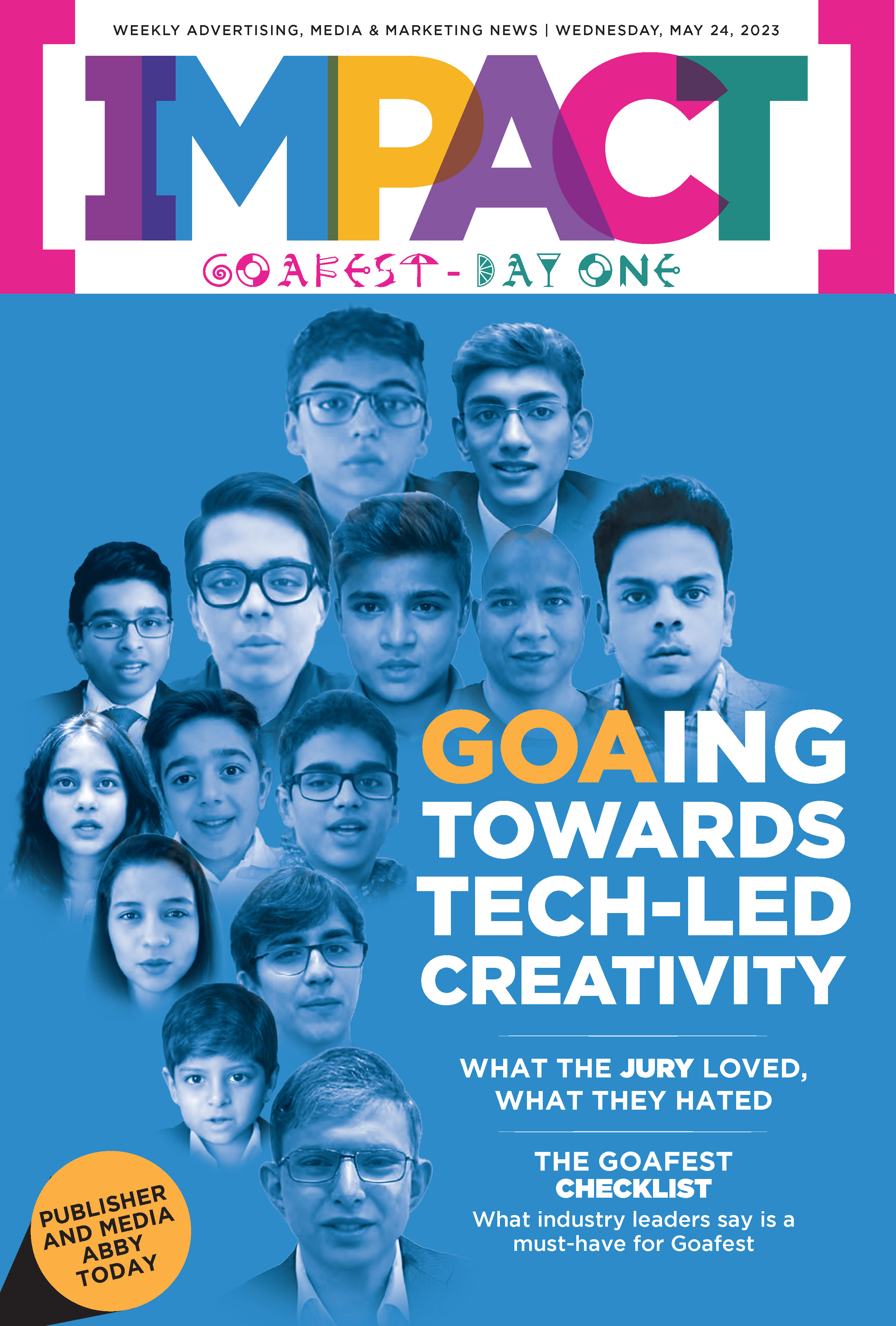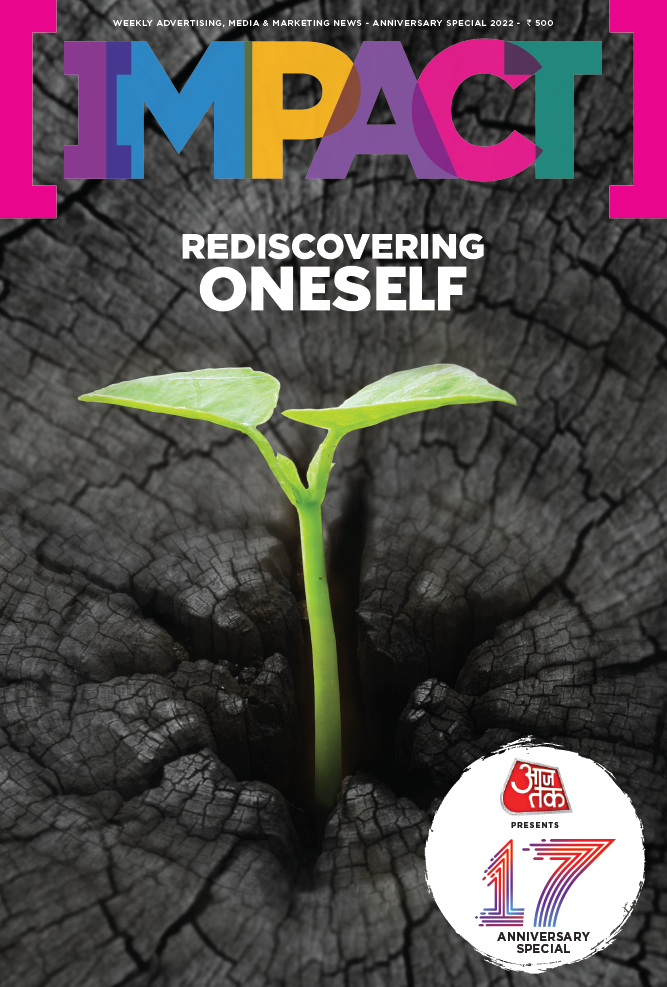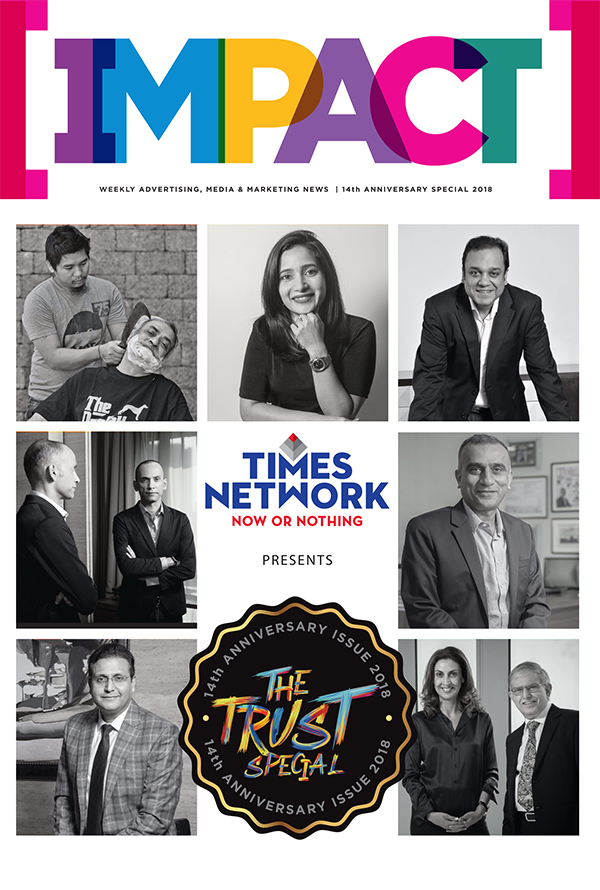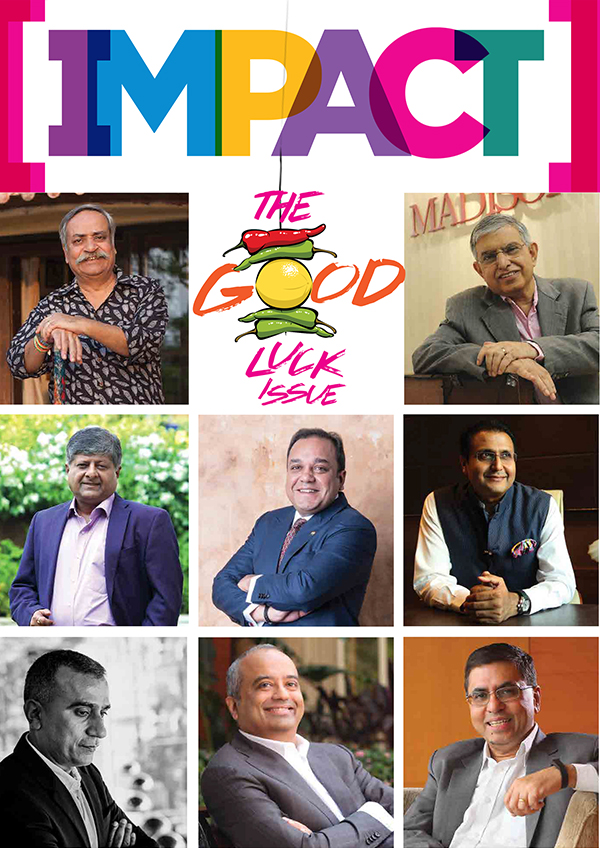When I started my PR firm, climate change wasn’t in the brief. We planned for product recalls, executive missteps, market crashes—not for 50°C heatwaves shutting down a city.
But this year, India saw its longest and harshest summer on record. Delhi nearly hit 50°C. Election staff collapsed from heatstroke. Offices closed early. Suddenly, the weather wasn’t background noise—it was the main story. And communication teams had to move fast, with clarity and care.
This Isn’t Unusual Anymore
Let’s be honest: this is not a one-off summer. The data from the India Meteorological Department (IMD) shows a clear trend. Heatwaves are arriving earlier, lasting longer, and hitting harder.
Globally, it’s the same story. Postal workers in Spain, UPS drivers in the U.S., and factory workers in Southeast Asia have all raised alarms. People aren’t just hot—they’re at risk. And they want to know who’s looking out for them.
Some Companies Responded Well
I’ve seen some solid examples. MG Motor and Amway gave staff flexible work options. KPMG issued advisories and adjusted travel. upGrad put in water stations and lounge areas. These steps weren’t huge, but they were visible and human.
That’s the keyword here: human. In moments like these, people don’t want perfectly polished statements. They want to hear that someone gets it.
But Not Everyone Did
There were also companies that went quiet. Some kept business as usual and said nothing. Others posted vague heatwave alerts that sounded like they were written by a lawyer. And the public noticed.
One FMCG brand caught flak for running a summer ad campaign while staying silent on how it was protecting its workers during the heatwave. It may not have been intentional, but it felt out of touch. That’s the thing with climate events: silence can speak louder than words.
What Good PR Looks Like in a Heatwave
We’ve started treating extreme weather like any other crisis. Here’s what that means in practice:
• Act fast. Even a short message saying ‘We’re aware and working on it’ can buy trust.
• Talk like a person. “We care” only works if it sounds real and specific.
• Be useful. Share water break schedules, helpline numbers, signs of heat exhaustion—things that matter in the moment.
This isn’t theory. It’s what people actually want when they’re sweating through a commute or sitting in a power cut.
Add Climate to Your Crisis Playbook
It’s time for PR teams to update their crisis plans. Climate change isn’t just a background risk anymore. It’s here, it’s visible, and it hits people hard. Here’s what we recommend doing with clients:
• Creating a climate risk checklist: Are teams exposed? What’s the backup plan?
• Setting up internal alert systems: So managers and staff are informed in real time.
• Planning clear public messaging: No jargon, no delay.
Resources like ICLEI South Asia’s heat communication guide or even the PRCAI’s SPRINT report are helpful, but thinking ahead matters most.
Why This Matters for PR Professionals
Our job isn’t just to protect reputations—it’s to help people understand what’s happening and feel reassured that someone’s in charge.
In a heatwave, your audience isn’t just customers. Its employees, suppliers, drivers, interns, and journalists. Everyone’s under stress. If your brand stays silent or robotic, you risk losing trust. But you build something stronger if you show up with care and clarity.
We’re not just message-makers anymore. We’re frontline communicators. And when the weather becomes the story, we need to be the calm, helpful voice that cuts through the noise.












